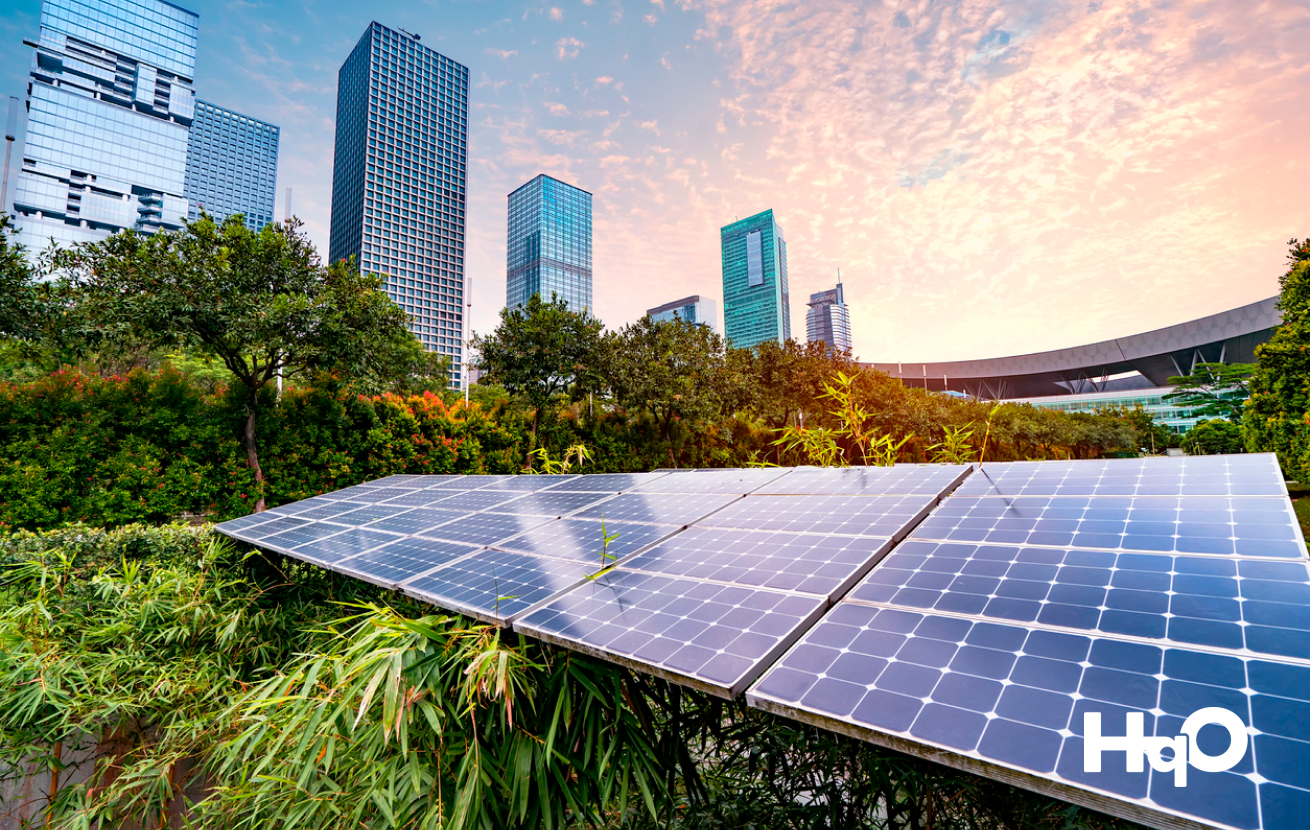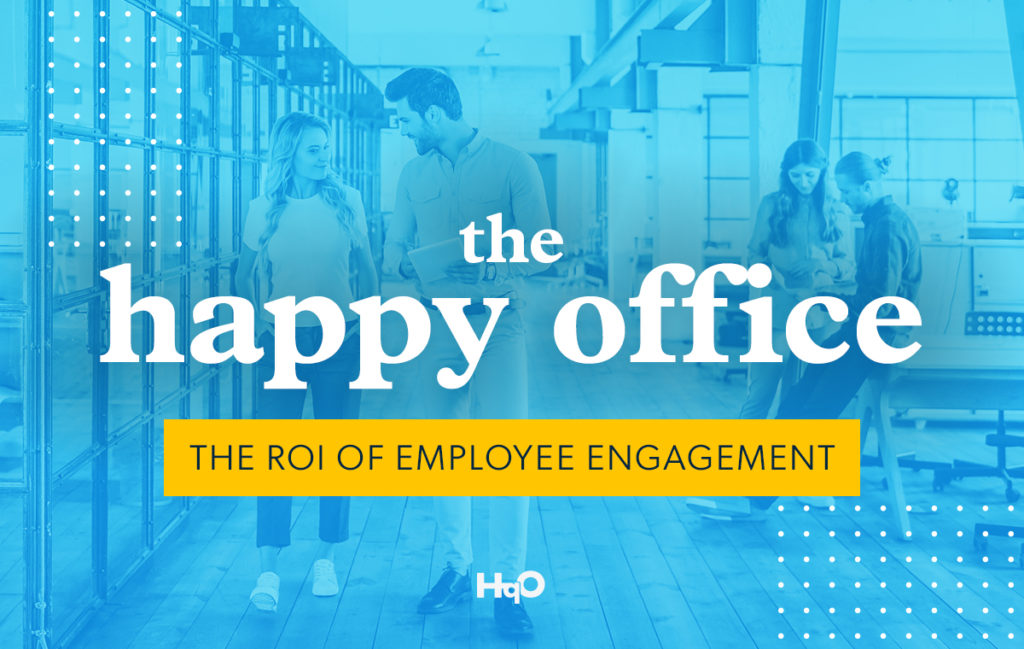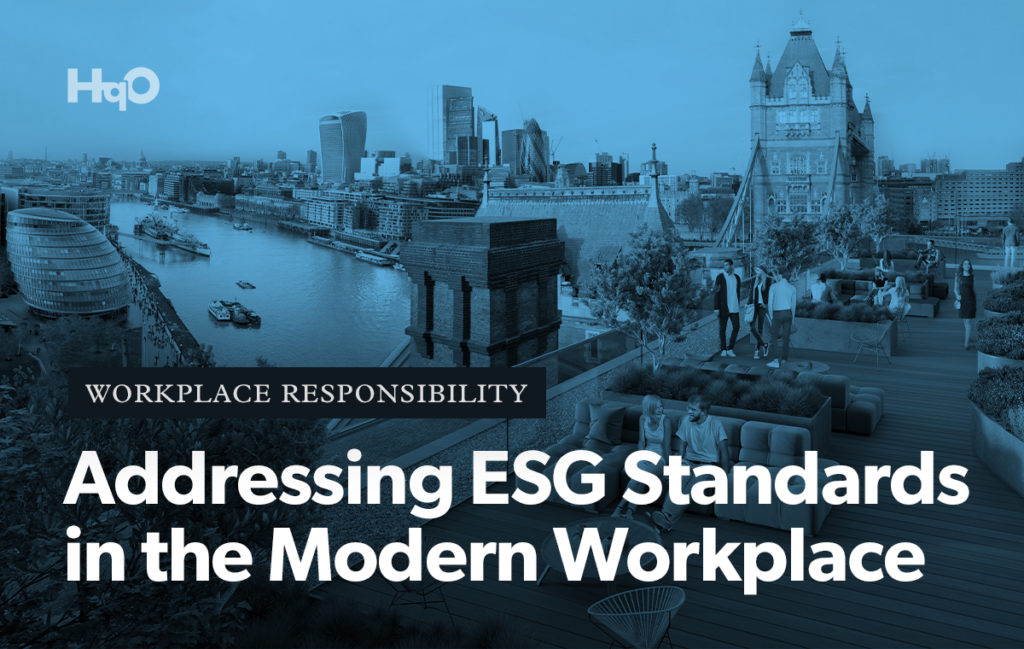When it comes to the digital workplace transformation, we often think of smart technology. However, there is an increasing association between smart building trends and sustainability initiatives for the office sector, and we’d be remiss to not discuss the parallels between the two, as well as how they work together to define the modern office experience.
Why CRE Needs “Smart” Sustainability
For starters, the commercial real estate (CRE) industry consumes a significant amount of energy, which has led to a growing awareness for greener, more sustainable practices across the board.
According to PixelPlex, “In the United States, 36% of all electricity and approximately 20% of primary energy are consumed by commercial buildings. They also produce 18% of the country’s CO2 emissions and major greenhouse gases. In New York City alone, buildings are responsible for 80% of greenhouse gas emissions. That is why building certification programs like LEED [and WELL] have been increasingly employed to encourage design and construction in line with environmental concerns.”
So, how does this relate to the digitization of offices?
The alignment with smart building trends comes directly from sustainable design. Truly sustainable design doesn’t just consider a building’s physical infrastructure — it also takes into account a building’s digital workplace framework, or its technology infrastructure. Dubbed the “whole-building approach,” energy efficient buildings need to be designed to track more than general energy usage metrics. Rather, they need to take in a building’s entire ecosystem — which includes building occupants and their varying needs as they go through their work days — to maximize space and lessen demand for energy resources.
How Digital Workplace Solutions Create Greener Results
Digital workplace designs that incorporate features such as temperature and lighting control are important when challenged with reducing a building’s ecological footprint. When you have sensors that can automatically signal systems to turn on and off depending on space occupancy throughout a building, you’ll only expend energy resources when you absolutely need to.
In fact, according to an IMS report, there are known savings for office building operators when adopting smart technology. They are as follows:
- The average office building can expect to save 18% of its total building energy use simply by adapting to smart technologies
- Smaller offices can expect to see around the same amount of energy savings as their larger counterparts
- 40% of a building’s electricity usage comes from lights, and smart buildings with LED lighting can see savings of up to 95% of their total usage
- HVAC systems account for 39% of energy used within commercial real estate buildings in the United States — by simply installing occupancy-based thermostats that are programmed to operate even when the building is vacant, businesses can save anywhere from 5-10% of HVAC related energy costs
- According to ACEEE, the American Council for an Energy-Efficient Economy, office equipment accounts for 7%, or $1.8 billion, of total commercial electricity costs — smart building technology can be used to reduce this percentage, making the cost of using office equipment more economical
Green initiatives that are facilitated by smart technology can not only achieve cost and energy savings, but also significantly impact the tenant experience. Here’s how.
Aligning with Modern Workplace Needs
To attract and retain tenants, owners will need to make sure that their buildings are smart, as well as healthy.
Healthy buildings are smart buildings with an enhanced focus on health. According to the United States Environmental Protection Agency’s Healthy Buildings, Healthy People – A Vision for the 21st Century, “by choosing designs, ventilation systems, materials, and products wisely, we are able to create healthy buildings while substantially reducing energy use, cutting material costs, and raising productivity.”
Not only does a healthy building improve the indoor environment, but it also promotes the physical health, mental wellness, and productivity of its occupants through the more intangible aspects of the office — such as company policies and workplace culture. After all, we already know that true seamless and frictionless experiences are established through the combination of digital and physical offerings. These offerings can be everything from consistent communications to building occupants to help them make informed decisions about their wellbeing, to digital programming initiatives that promote fitness and mental health while at work, to ensuring that your office building provides a variety of healthy food options to its tenants and employees.
The need for these solutions is further supported by the fact that more people are looking for companies that promote a holistic approach to sustainability in the workplace. According to a study, younger generations — soon to make up the majority of the modern workforce — prefer companies that “align with their moral values across environmental, social, and governance initiatives.”
Essentially, by properly supporting and communicating sustainability initiatives, landlords and property teams can get a one-up on their competition by proving their environmentally-conscious approach to the office. Not only can sustainability save our planet, it can help modernize the office and keep tenants happy and healthy — and who wouldn’t want that?
To learn more about our smart technology partners and how they can contribute to your sustainability goals, schedule a free demo today.




